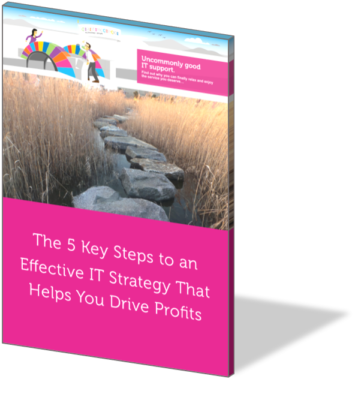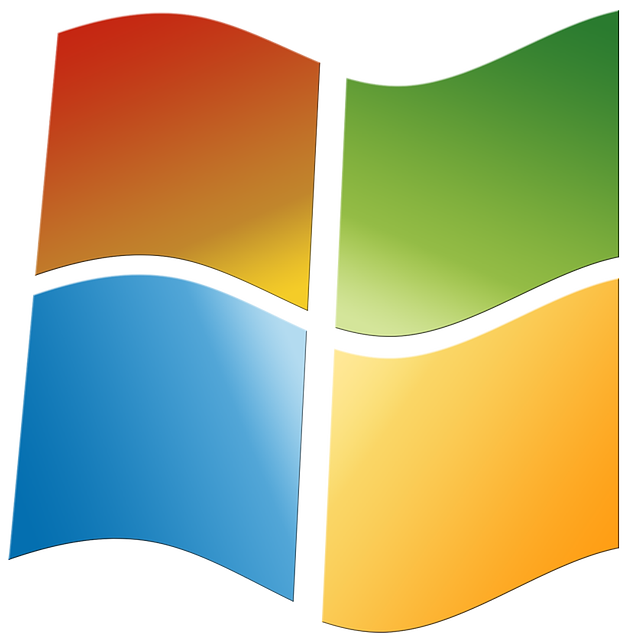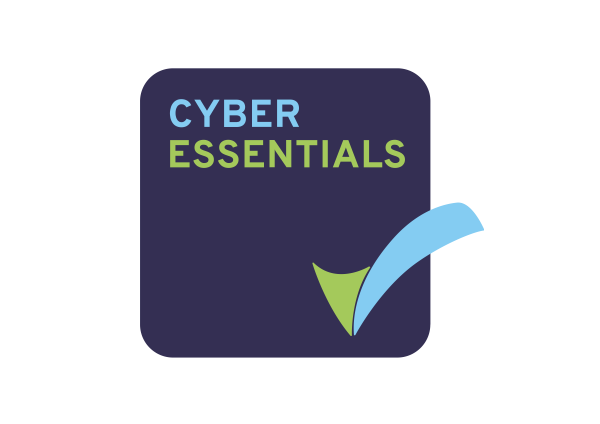Latest from our business, security
and technology blog
Search the blog:
The (Free) First Step to Better IT!
In over 30 years in IT, I still encounter many business owners and IT-decision makers who find themselves spending too much of their valuable time dealing with staff technology problems and continually looking for work-arounds to the IT issues.
Windows Server 2008 R2 Approaching End of Life
Are you still using Windows Server 2008 R2 within your business IT environment? If so, it’s time to start planning a migration strategy as the server technology approaches its end of life.
Urgent Call to Action if You Are Using Windows 7
Are you using the Windows 7 operating system on your PCs and laptops? If so, it is time to take action and start planning an upgrade to Windows 10.
Why shrewd companies are getting tested and certified for Cyber Essentials
It’s tempting to see the UK Government’s new Cyber Essentials scheme as not worthy of investigation if you’re an established organisation with good IT systems in place. But our experience as an IASME Certification Body has taught us that this isn’t always the case.
Why IT Cannot Be a Reactive Activity
So much of the IT activity we all undertake is reactive – often it takes a malware attack to prompt us to upgrade our security software or a broken hard drive to make us think seriously about backups. Which is exactly why your IT approach shouldn’t be reactive.
Cyber Essentials Voucher Scheme worth up to £1000 launched in Scotland
The Scottish Government has made funding available for a new voucher scheme to help Scottish businesses and charities achieve the National Cyber Security Centre's (NCSC) Cyber Essentials certification.
Should You be Switching to Office 365?
Microsoft Office is an essential for most organisations with office-based staff. The suite of products covers all the staples of the office environment – from PowerPoint presentations to Excel spreadsheets, Word and productivity apps.
Computer Says: User Error
When I first started my working life, I worked for an organisation where, if you called the IT helpdesk, the “help” consisted of two standard responses:












